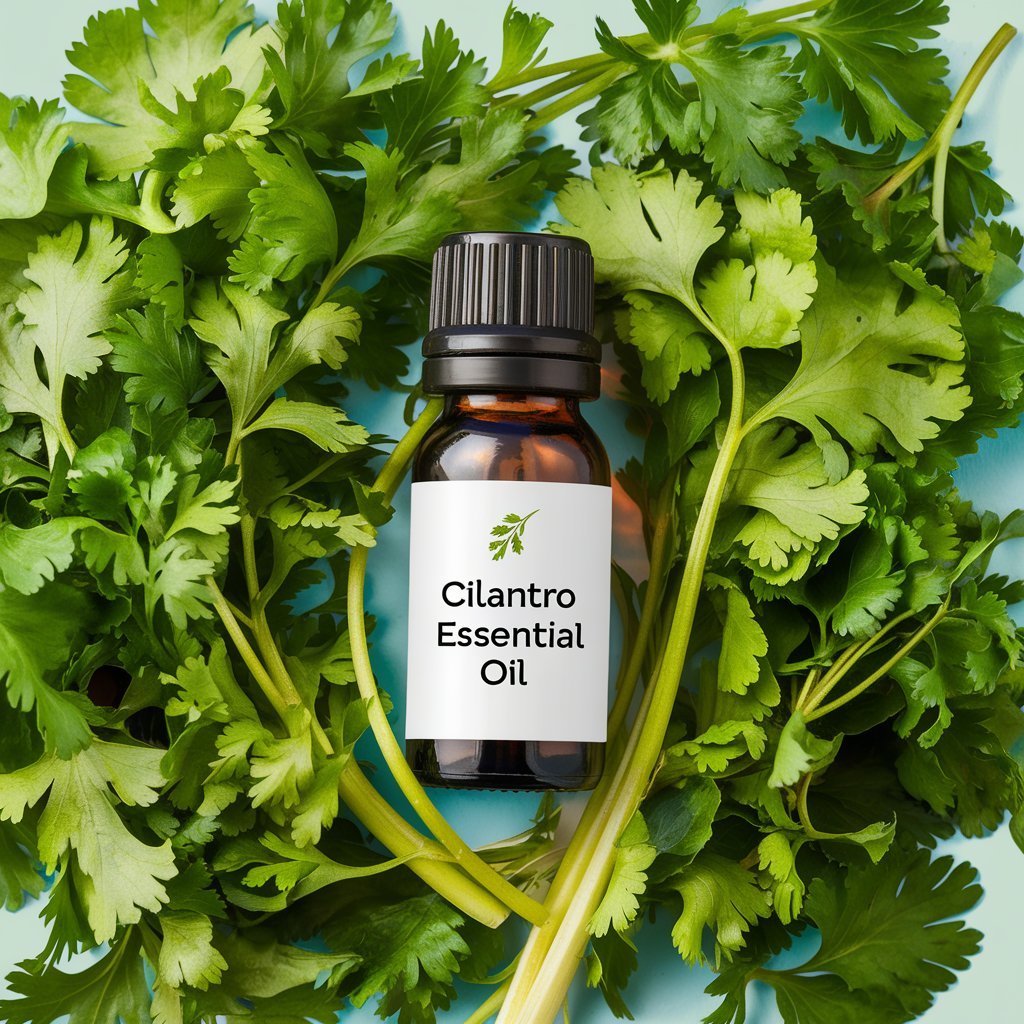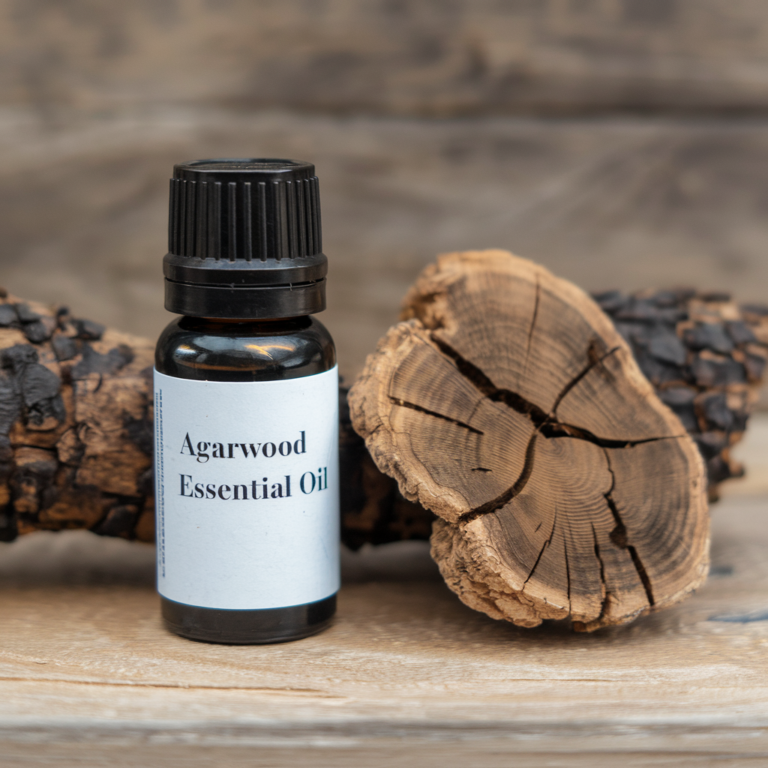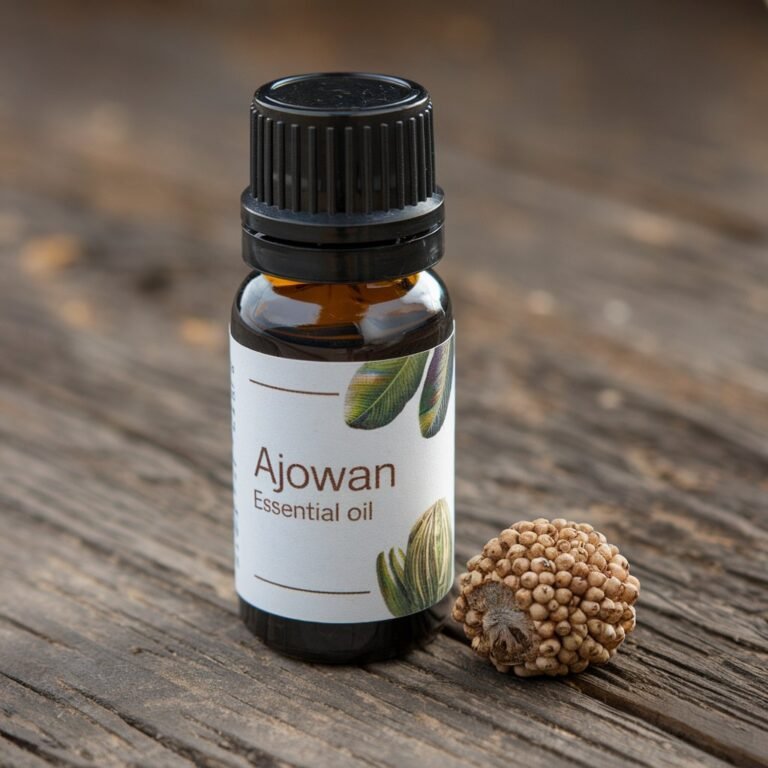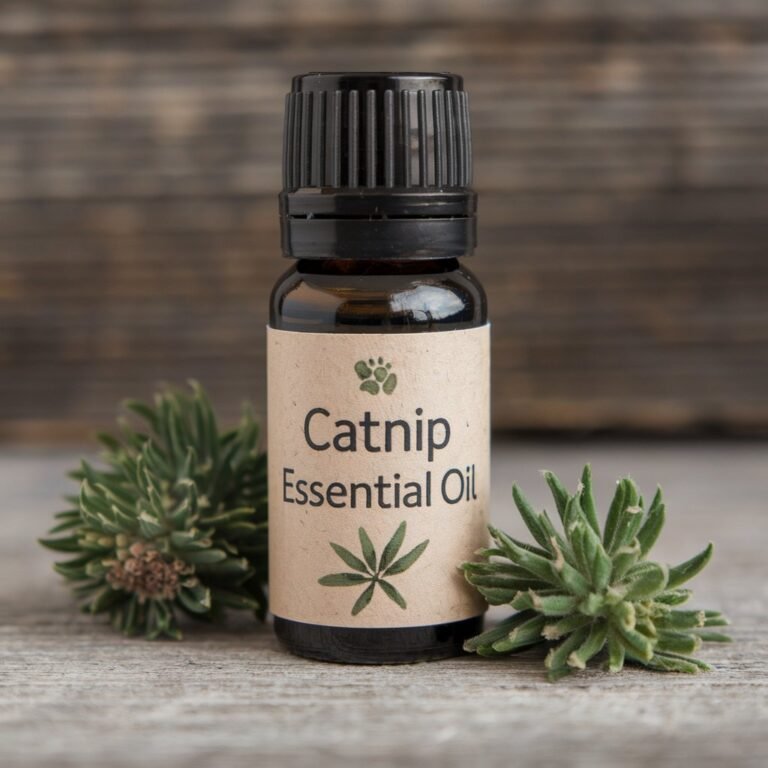What makes cilantro essential oil an intriguing subject within the realm of aromatherapy and holistic wellness practices?
Cilantro Essential Oil
Cilantro essential oil, a lesser-known gem in the world of essential oils, is derived from the leaves of the cilantro plant. Known predominantly for its culinary uses, cilantro has held a longstanding position in various cultural and medicinal traditions. This article explores the diverse applications and benefits of cilantro essential oil, offering insights into its historical significance, aroma properties, and how it enhances wellness routines.
Recommended Brands:
Cilantro Essential Oil by Barefut
Scientific Name/Botanical Name
The scientific name for cilantro essential oil is Coriandrum sativum. This plant species is part of the Apiaceae family and is closely related to celery, also known for its numerous holistic applications.
Oil Origin
Cilantro, also known as coriander leaves in some cultures, has its origins in regions spanning southern Europe, northern Africa, and southwestern Asia. It has been cultivated and utilized in numerous countries worldwide for both its culinary and therapeutic attributes.

Extraction
Cilantro essential oil is extracted through a process called steam distillation. In this process, the fresh leaves of the cilantro plant are subjected to steam, which helps release the essential oils. The vapor containing the essential oil is then condensed and collected.
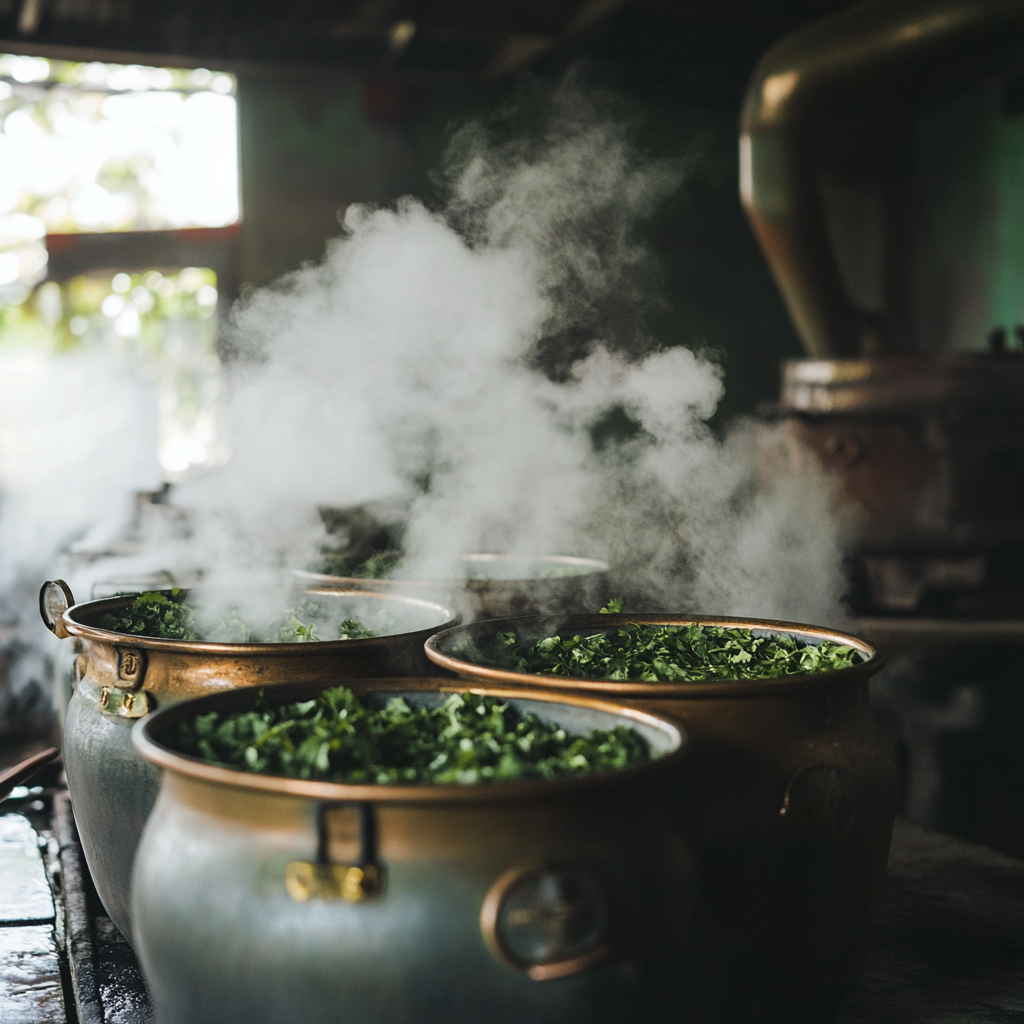
Characteristics
Cilantro essential oil is known for its clear to pale yellow hue, and it possesses a light and refreshing quality. The oil's properties are often recognized for their cleansing and invigorating effects, making it a staple in various wellness practices.
Odor
Characteristic of cilantro leaves, the oil carries a fresh, herbaceous aroma that is both invigorating and slightly citrusy. Its scent is simultaneously uplifting and calming, often used in blends to enhance mental clarity and relaxation.
Consistency
Cilantro essential oil typically presents a thin, watery consistency. This makes it easy to blend with other oils and absorb into the skin.
Country of Origin
While cilantro is cultivated worldwide, the essential oil is commonly produced in countries like India, Bulgaria, and Russia, where the plant is extensively grown.
Evaporation
The evaporation rate of cilantro essential oil is considered medium. It tends to linger in aromatic blends, allowing its freshness to persist without overwhelming other fragrant notes.
Blends Well With

Cilantro essential oil blends seamlessly with a variety of other essential oils. Some of the most complementary oils include:
- Citrus oils like lemon and lime
- Woody oils such as cedarwood and sandalwood
- Herbaceous oils like basil and lavender
- Spicy oils such as ginger and cardamom
Aroma
The aroma of cilantro essential oil is distinctly herbaceous and green, carrying a crisp vibrancy that reasons its popularity in both culinary and therapeutic applications. Its scent profile makes it a versatile component in perfumery and aromatherapy.
Recommended Brands:
Cilantro Essential Oil by Barefut
Constituents
The primary constituents of cilantro essential oil include:
- Linalool: Known for its relaxing and stress-reducing properties.
- Decanal: Recognized for its sweet, green aroma.
- Trans-Dec-2-Enal: Contributes to the oil's distinctive sharp herbal scent.
Table: Key Constituents and Their Benefits
| Constituents | Benefits |
|---|---|
| Linalool | Calming, stress reduction |
| Decanal | Sweetness, aromatic depth |
| Trans-Dec-2-Enal | Crisp, invigorating aroma |
Blending and Uses
Cilantro essential oil is frequently employed in blended aromas intended to alleviate stress, enhance relaxation, and purify the environment. Its cleansing properties make it an attractive addition to natural homemade cleaning solutions. Additionally, when combined with carrier oils, it serves as a beneficial component for massaging, aiming to refresh and rejuvenate.
Safety
While cilantro essential oil is generally considered safe for topical and aromatic applications, there are a few precautions worth noting. It is advised to perform a patch test before applying the oil directly on the skin to avoid any allergic reactions. Pregnant women and those with sensitive skin should consult with a healthcare professional prior to use. Internal consumption should only be undertaken under the guidance of a qualified professional.
8 Ways to Use Cilantro Essential Oil

- Aromatic Diffusion: Add a few drops to a diffuser to cleanse the air and promote relaxation.
- Massage Oil: Blend with a carrier oil for a soothing massage that invigorates the senses.
- Bath Salts: Mix with Epsom salts for a refreshing bath experience.
- Natural Deodorizer: Use in homemade sprays to freshen up rooms and linens.
- Stress Relief: Inhale directly from the bottle for an immediate calming effect.
- Cooking Companion: Add a drop to culinary dishes to enhance flavor (ensure oil is food-grade).
- Skin Care: Combine with your facial cleanser to help tone and cleanse the skin.
- Cleaning Solutions: Incorporate into DIY cleaning recipes for its antibacterial properties.
Historical Uses and Cultural Significance
Cilantro has been a part of human history for centuries. From ancient Egyptian tombs to traditional Chinese medicine, the leaves and seeds have long been valued for their culinary and medicinal qualities. In many Eastern cultures, cilantro has been used to detoxify the body and as a digestive aid, while in the West, it’s revered for its ability to bring freshness and zest to dishes.
Recommended Brands:

